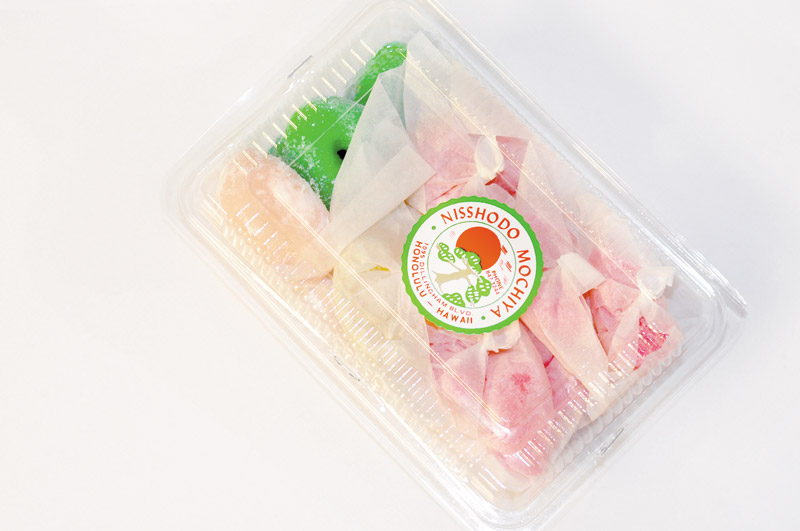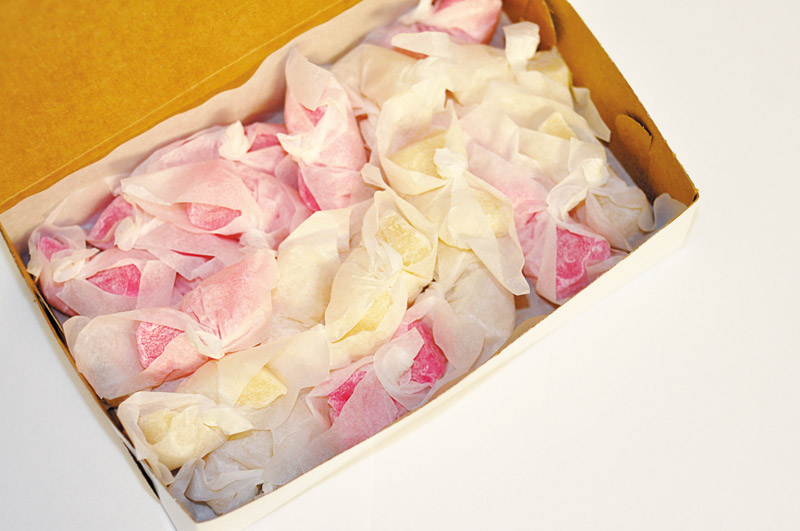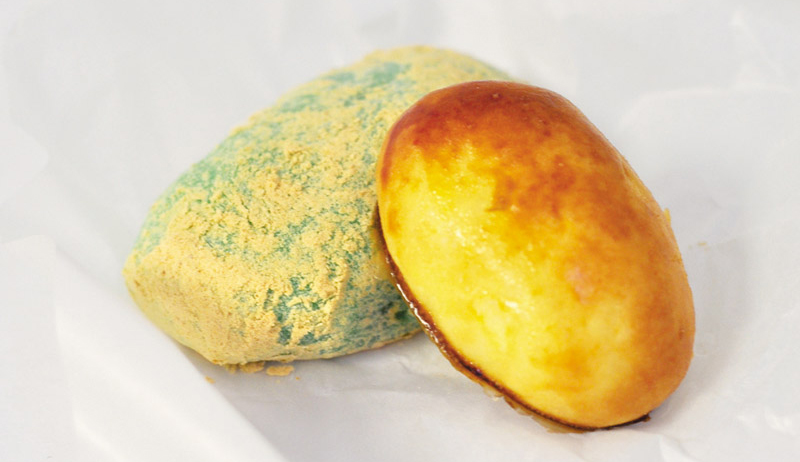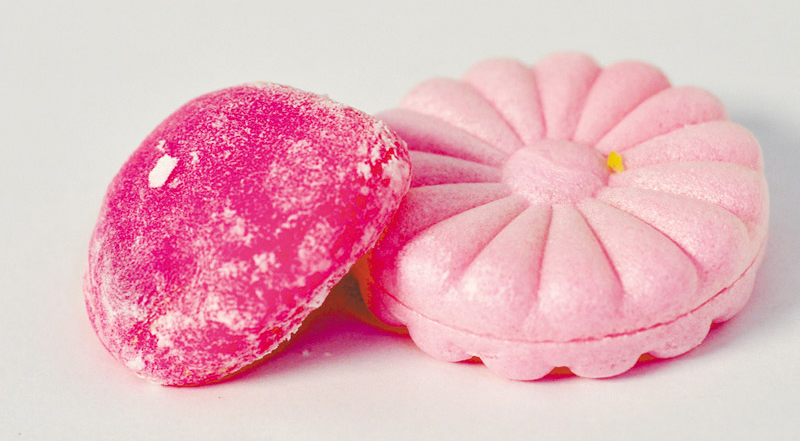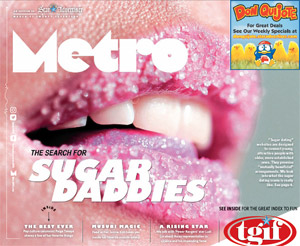Gastronome
NISSHODO CANDY STORE
1095 Dillingham Blvd. Honolulu, HI
Phone number (808) 847-1244
website nisshodomochicandy.com
Mochi always has been a great comfort to me. It gives me the warm and fuzzies, putting me right at ease with an overwhelming sense of nostalgia. It brings to mind the first time I ever bit into homemade kinako mochi (mochi dusted in soybean flour) while visiting my grandma. Or that one time my sisters and I stood in our kitchen at home, laughing over my mom’s failed and burnt attempt at butter mochi, picking at salvageable bits and pieces.
It was that unmistakable warmth I found myself craving one recent morning. My biggest problem, though, is that while I can find my way around a kitchen pretty well, mochi is one thing I have yet to master. For this, I turned to Nisshodo Candy Store.
Funnily enough, it’s located in the same shopping complex as Yohei Sushi Restaurant — you know, the place I wrote about in last week’s Gastronome. (Read it at metrohnl.com.) It’s easy enough to find, sandwiched between different warehouses in the back of the parking lot, with a small and homey storefront.
There is one thing you should know right off the bat about Nisshodo: It makes the best chi chi dango, ever. It comes in traditional white and pink colors, folded carefully and individually in parchment paper. It all just adds to the excitement, really, of peeling back that wrapper and biting into pillowy soft and slightly sugary mochi.
It is, of course, only one option of many that are enshrined in a glass case just waiting to be picked. Here are a few other favorites to be on the lookout for:
• MONAKA. Sandwiched between two melt-in-your-mouth wafers is a layer of lima bean jam that adds just the right amount of sweetness to each bite. (Nisshodo also offers an option that contains azuki beans instead.)
• HABUTAI. This plump piece of mochi also comes in pink and white colors. Inside is a smooth azuki bean paste that is just a touch savory, but still reminiscent of something appropriate for dessert.
• KURI MANJU. This biscuit-like dessert comes stuffed with lima bean paste. Because it is manju and not mochi, it is much more like biting into a pastry or biscuit and so in that sense, it is a bit more dense and substantial.
• UGUISU. Uguisu combines two of my favorite things: coarse azuki beans that add texture and kinako powder. It’sa pretty decent size, too, so unless you’re feeling particularly indulgent, one piece should be more than enough.
Of course, my recommendation for any situation like this is to order one of everything. There’s no other way for you to gain the full experience and figure out what you enjoy.
Besides, just #treatyoself.
JAIMIE SAYS:
ORDER UP A pound of chi chi dango costs only $7
AVERAGE ORDER Around $6 for five items
ORDER TIME So fast
DAYS IT TOOK TO EAT EVERYTHING Two (don’t judge)
PAIR IT WITH Hojicha (green tea)
FOOD TO WATCH
I recently watched a documentary on Netflix that is kind of food-related and certainly worth anyone’s time — especially if you consider yourself a fan of saké. It’s called The Birth of Saké and follows the workers at Yoshida Brewery.
While other saké breweries in Japan have moved over to more contemporary methods of production, Yoshida Brewery does things old school. Workers live at the brewery from October to April every year, checking temperatures and fermentation processes through the night.
But beyond informing viewers about this process, The Birth of Saké also tells the stories of longtime workers who have become a family, and of how competitive the industry is.

